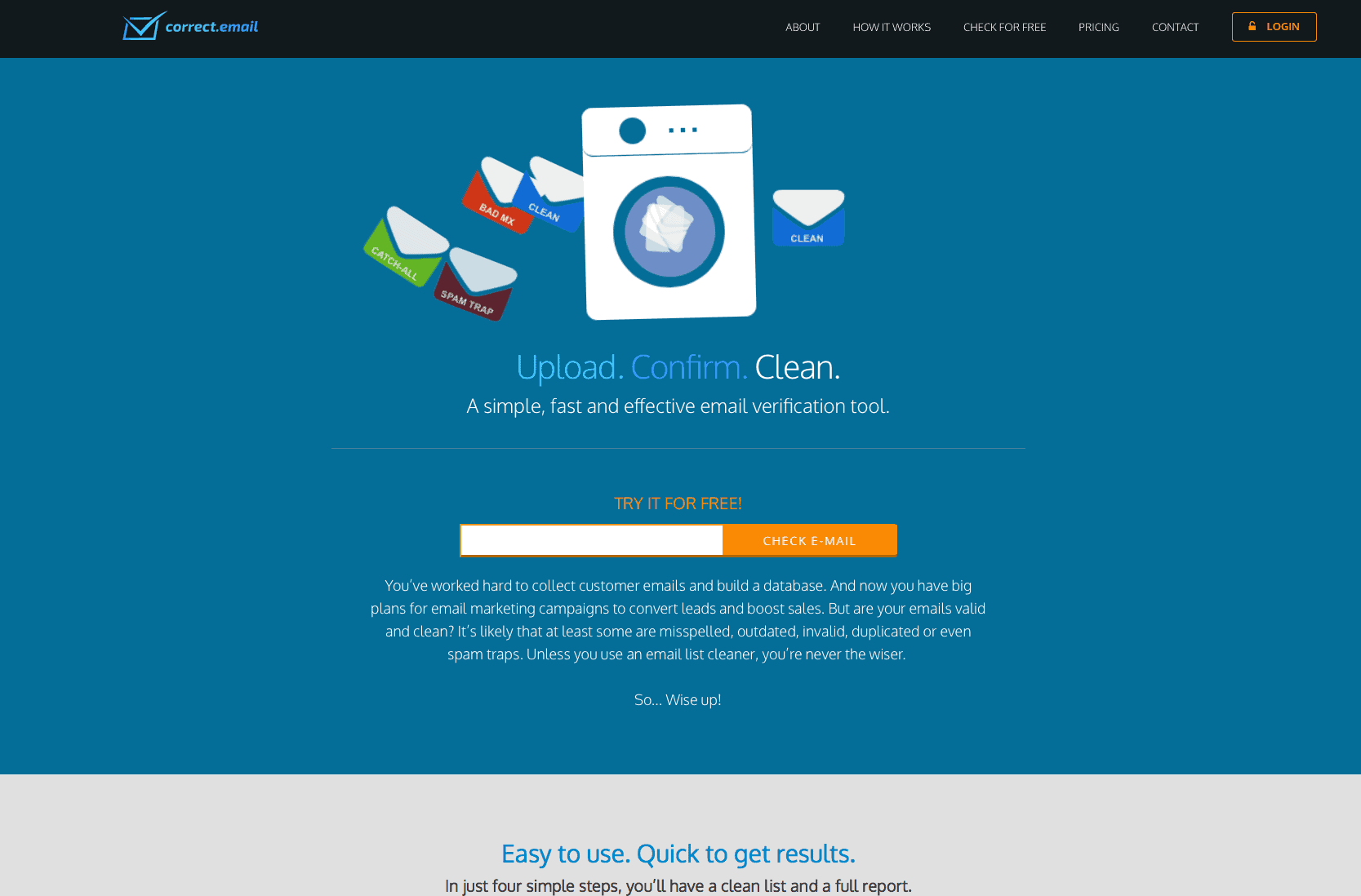
by Eric Dombach | Business Coaching Tools
It’s no secret that if you want to grow your business coaching practice in our connected age, you’ve got to master the art of social media for business coaches.
Yet many business coaches feel lost in the maze of rules, technology, and terminology that comes with the territory: likes, friends, followers, connections, tweets, hashtags, at-tags, posts, status updates, pages, groups, widgets, profiles, timelines, and on and on it goes.
And because social media has one thing at its core–sociability–you must abide by the rules of a given medium. Otherwise, you lose credibility and, in the process, business…just like anyone who behaves awkwardly in social situations.
How to Navigate Social Media for Business Coaches
Because social media has one thing at its core--sociability--you must abide by the rules of a given medium. Otherwise, you lose credibility and, in the process, business...just like anyone who behaves awkwardly in social situations.
Learn the rules of each network. Just as you wouldn’t wear formalwear to a football game, or athletic shorts and a tank top to a professional networking event, there are different expectations on different social networks. Here are some rules of thumb to keep in mind…
Twitter is like a cocktail party. It consists of quick, public conversations on a host of different topics. Discussions move fast, with an emphasis on breaking news. Tweets are capped at 280 characters–just enough to say something clever or compelling, but not enough to dive very deep.
Facebook is like hanging out at a pub with friends. Unlike Twitter, which is fast-moving and brief, on Facebook you can take your time. It’s informal and it’s best when you stay friendly (e.g. be careful before bringing up politics or religion). Your aim is to post interesting, engaging content that incites discussion and gets “likes” and shares. So go ahead: pour yourself a few virtual beers, and enjoy the company.
LinkedIn is like mingling at a Chamber of Commerce mixer. It’s professional networking. People turn to LinkedIn to make industry contacts, recruit high-quality personnel, establish joint venture partnerships, and, yes, to shop for business services like business coaching. Here, you must present your most professional self if you want to get ahead.
Your blog is like inviting guests over to your house. You set the tone and the rules. Depending on your target market, you might have a sharp, hard-charging style…a laid-back, shoot-the-breeze pace…or a just-the-facts-please formality. The difference is that here you get to decide, because your blog is your space, just like your living room at home.
YouTube is like your own private media screening room. You can invite people over and show them home movies, your favorite films, and videos that others have produced that have made an impact on you. Because YouTube is the third-most visited site on the Internet, as well as the second-largest search engine, it really pays to have a presence there.
How about you? What have you noticed about the cultures on the various social networks, and how do you tailor your approach to make sure you’re appropriate and relevant on each one?
Looking for more great business coaching tools? Get your FREE 30-day trial of our comprehensive business coaching system and begin using our tools in your business coaching practice today!

by Eric Dombach | How to Become a Business Coach
In January, I shared encouraging analysis that the economy is on its way up. But this good economic news isn’t just exciting for our business coaching clients: it’s exciting for us as business coaches–because in an economic upturn, business owners are motivated to grow.
This means that the market is looking to buy what we’re selling right now. So get out there and make it happen!
Here are three tips to leveraging this good economic news in your business coaching practice…
1) Herald the good news. Heaven knows we all need to hear it after the last decade or so! On your blog, in blasts to your email database, and in your seminars and webinars focus on the emerging trickle of good economic news and blow the trumpet loudly! This helps people shift from conservation mode to growth mode, which makes potential business coaching clients more likely to buy from you now.
This good economic news isn't just exciting for our business coaching clients: it's exciting for us as business coaches--because in an economic upturn, business owners are motivated to grow.
2) Educate your database of clients and prospects on how to expand market share through smart investments in marketing and sales efforts. One good thing about the past decade of unimpressive economic conditions (at least for folks still in business) is that as competitors have gone under during the bad years, there’s now displaced market share to be had! Explain the opportunity to your clients and help them ramp up and multiply their reach now that cash flow is loosening up.
3) Set up a seminar or webinar per month for the next 3 months and theme it around growth! What’s the big idea or hot strategy that your business coaching clients and prospects should be pursuing, now that we’re in an expansionary economy? Create a campaign with the high-value educational blogs and email blasts over the next few weeks. For best result, create some videos teaching about what is happening in the economy to give them hope and confidence. Create some buzz around your topic and book people into your webinar and then follow up to land some new coaching gigs!
Want more help landing more business coaching clients now that the economy is improving? Check out our FREE ebook, How to Become a Business Coach.

by Eric Dombach | Business Coach Training
There’s an old saying I love: “If you fail to plan…you plan to fail.” And this is truer in business coaching than anywhere else. So how can you be sure your plan will succeed? By following these three simple planning tips for business coaches.
After all, the more specific and focused you are in your head and on paper, the more specific and focused your outcome will be.
That’s why I believe in setting VERY aggressive sales goals if you want to really achieve amazing results in business.
And I’m living proof. Over the 5 year period I owned my business coaching firm, I achieved an average yearly growth rate of 140%.
So, what’s the secret? I use three simple, but very powerful techniques to set and achieve aggressive sales goals:
1. Create or Refresh Your Vision Book Annually
This is the most powerful idealization and visualization process I’ve ever used. The idea is to breathe life and structure into your loftiest goals and deepest dreams.
Here’s how it works.
Decide which aspects of your life are most critical to you–both personal and professional. For me, this includes categories such as: spiritual, marriage, family, church, financial, business, fitness, growth, hobbies, and social.
Then, ask yourself this question: “Where do I want to be in one year in each of these areas?”
After you’ve answered the question, in PowerPoint, create at least one or two slides illustrating your vision for each of the major areas of your life.
Each slide should have a picture or some other graphical representation of what you hope to accomplish in a year’s time, along with a verbal description of your goal.
Then, let the book become an ongoing source of inspiration.
Review it weekly or even more often–whenever you need a boost.
The idea is to help you remember WHY you’re working so hard and WHAT you’re working toward.
But how is this related to your business coaching practice?
Well, achieving the vision for these different areas of your life takes cash flow, right?
Suddenly, you realize that success in business is about more than just paying the bills. It’s about living your dreams. And there’s nothing more motivating than that.
Suddenly, you realize that success in business is about more than just paying the bills. It’s about living your dreams. And there’s nothing more motivating than that.
2. Create an Optimistic/Pessimistic Forecast that’s Aggressive Enough to Fund Your Vision Book Goals
Most people I’ve met consistently under-perform their forecasts. Not only is this demoralizing, but it creates a real credibility problem when it’s time to report back to stakeholders in your business (such as your spouse!) or to go through a round of capital-raising.
Obviously, it feels much better to outperform your projections…but if you’re always outperforming your projections, you’re not really stretching yourself!
So how do you set goals that challenge you WITHOUT undermining your credibility in your own eyes or the eyes of your stakeholders?
Develop an optimistic and pessimistic forecast.
The optimistic forecast should be a serious stretch for you, so much that if you achieve even half of it you’re delighted!
All of your visualizing, strategizing, and thinking should be focused on achieving this optimistic forecast.
Most importantly, your daily and weekly activity plan should reflect the effort required to hit this forecast!
The second forecast should be a pessimistic one. If everything goes wrong, what will you do to survive? Your expense budget and capitalization model should reflect this scenario.
Have you caught on yet?
The trick is to market, sell, and serve clients with the intention of hitting your optimistic budget–and manage your cash and expenses as if you can count only on the pessimistic view!
My experience using this technique is that I almost always end up somewhere in the middle, and I’m usually very happy with that!
3. Develop a Daily and Weekly Activity Plan
This is where most people drop the ball.
You can have an awesomely inspiring vision for your coming year and a great optimistic/pessimistic forecast that theoretically drives your activity while keeping you disciplined in the area of cash management.
However, if you don’t translate your aggressive sales and revenue targets into a daily and weekly activity plan, you’ll find that you simply won’t do the activity required to hit your targets. You’ve got to be specific!
Ask yourself: How many sales must I make to hit my revenue goal this month and this week? How many sales meetings will it take to hit that number? How many hours do I have to spend on the phone in order to arrange those sales meetings?
You have to make absolutely sure that every day when you sit down at your desk, you know EXACTLY what level of activity you need to produce that day in order to deliver your number.
Failure to pay attention to this activity plan on a daily and weekly basis is the best way to miss your forecast.
On the other hand, if you deliver the requisite amount of activity to hit your optimistic budget each and every day, you’re likely to end up pretty close to your target and your vision will become a reality!
For more great business coach training like this, check out our FREE ebook, Secrets of a Business Coaching Rock Star!

by Eric Dombach | Business Coaching Tools
Online marketing has become the business coach marketing method of choice for many coaches over the last decade, yet a lot of business coaches still struggle to implement best practices. Today we’re going to give you some training on the subject of squeeze pages.
Squeeze pages, also known as landing pages or lead capture pages, are a vital part of your online marketing strategy. Designed to get prospects to opt-in and provide targeted information, these web pages need to be optimized to entice your prospects to respond.
So how can you create a winning squeeze page for your coaching business?
7 Secrets of a Winning Squeeze Page
#1 No exit links. Make it so the prospect can do only one thing on your squeeze page: give you their email address–or bail.
#2 Privacy statement. People are smart and don’t like to give their information away freely, especially when it means getting hounded and spammed later. Let your prospects know that you respect their time and will not sell their information.
#3 Super awesome offer. Give them something they want. A free ebook, Complimentary Coaching Session, or video series are common options that work well. Be sure to let your prospects know why what you’re giving away will benefit them–or even better, what specific problem it will help them solve. If it feels like a high-pressure sales tactic with little to gain in terms of actionable content, people will click away.
Be sure to let your prospects know why what you're giving away will benefit them--or even better, what specific problem it will help them solve.
#4 An eyeball-grabbing headline. Make sure your prospects keep their eyes on your page by using an eyeball-grabbing headline. It needs to be specific and curiosity-invoking while promising an important benefit. The stronger your headline is, the more opt-ins you’ll get.
#5 Use psychology when designing. Think about your prospective client and their mindset when designing your squeeze page. All the elements of design like color, button placement, and graphics should be based on knowledge of your prospects’ thinking. Make it desirable for them to opt-in. The easiest way is to use a done-for-you source like LeadPages for drag-and-drop, winning designs.
#7 Make your opt-in easy. When choosing fields for your opt-in box–particularly if it’s their first contact with you–ask for less information to lower the risk. Make it easy for them to use and you will have squeeze page success!
Do you have successful squeeze pages? What are your secrets?
For more tips and tricks like these, get a FREE 30-day trial of our complete business coaching system, including documents, templates, training, and more, and grow your business coaching practice fast.

by Eric Dombach | How to Become a Business Coach
Many beginning business coaches struggle to talk about what business coaching is–and more importantly, why anyone should hire them. So what are the most important components of business coaching?
See if this helps…
Definition: Business coaching is the process of helping small-to-medium sized businesses increase their profits and improve their quality of life by guiding them through a process that increases their sales and cuts costs.
Description: Typically, coaches and clients meet each week for 30 to 60 minutes. Most coaching sessions are held on the phone, some in person.
What Happens During Coaching Sessions?
During your time with clients, here’s what you provide…
Awareness. Your first job is to help your clients become aware of the roadblocks and obstacles adversely affecting their businesses. You do this by digging into their businesses to “diagnose” the issues, and then clearly communicating where they’re falling short. After all, recognizing and understanding the problem is the first step to correcting it.
Education. Next, you guide them to the educational resources they need to overcome their challenges. Many business owners lack any kind of real business training – so you teach them these essential skills using tools, knowledge, strategies, and assignments.
Accountability. In order to make sure your clients actually implement what you share with them, you hold them accountable. You provide feedback to make sure they’re doing the work correctly. You stay positive and affirming to ensure they follow through on their objectives. Accountability is one of the most important aspects of coaching, and believe it or not, they’ll thank you for it.
Putting it Together
Next time someone asks you, “What exactly does a business coach do?”, you know how to respond.
A business coach helps business owners improve their businesses and quality of life by guiding them through a process that increases sales and cuts costs. It takes place in weekly 30-60 minute sessions, where clients gain awareness of roadblocks stopping their growth, education to overcome them, and accountability to implement their training successfully.
A business coach helps business owners improve their businesses and quality of life by guiding them through a process that increases sales and cuts costs. It takes place in weekly 30-60 minute sessions, where clients gain awareness of roadblocks stopping their growth, education to overcome them, and accountability to implement their training successfully.
Looking for more great tips, tricks, and tools for beginning business coaches? Check out our FREE ebook, How to Become a Business Coach.





